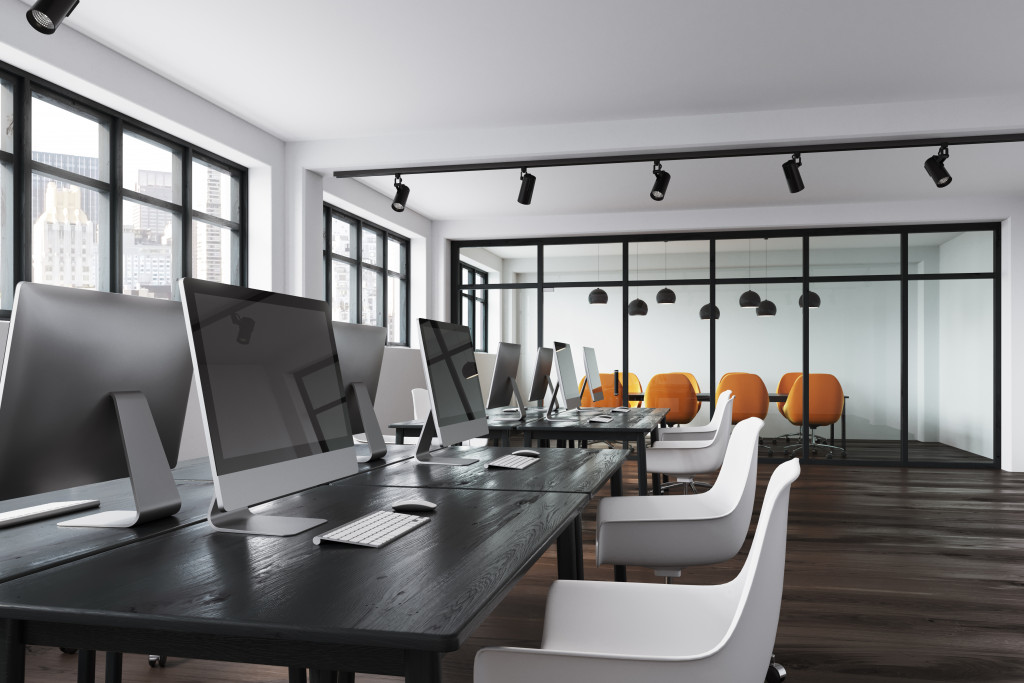The United States is in the midst of another COVID-19 surge, this time due to the Delta variant which is more contagious. Almost 95 percent of all counties in the country have transmissions rates of more than 100 for every 100,000 people. This is considered a high transmission rate.
Also, in August and September, the number of positive cases, hospitalizations, and fatalities increased significantly.
Return to Offices Rolled Back
Because of these developments, a majority of companies are rethinking their schedules for bringing employees back to the physical workplace. A survey by Gartner shows that as of August, 66 percent of companies have pushed back the reopening of offices. Major companies that have announced postponements of their return to offices to 2022 include Google, Facebook, Apple, Amazon, and Starbucks.
These postponements have high costs for companies. For instance, Google first announced that it would reopen its offices in July. This was postponed to September and then to October before the current announcement. Each schedule would have come with expensive preparations, so each postponement means a waste of resources spent.

Pros and Cons of Returning to the Physical Workspace
For employers, the obvious reason for keeping workers out of the office is to prevent the spread of infection. This is the priority despite the disadvantages. For employees, however, there can be mixed reactions.
This can be good news for certain employees now working from home. Many studies earlier in the pandemic show that a majority of employees prefer remote work arrangements. The benefits include savings from costs of transportation and, food, as well as more time with the family. A large majority even stated that they will look for another job if their current employer requires them to go back to work in the office.
There is another side to this, though. An August survey by Morning Consult for The New York Times shows that 45 percent of employees want to work full-time in the office and 24 percent want a hybrid work setup.
There are several possible reasons for this. One is the difficulty of delineating boundaries between work and home life. Employees working from home state that they tend to extend their working hours. Those who have young children find it difficult to combine work with childcare. Some employees feel isolated when working from home and seek face-to-face interaction with their peers.
The best move for companies would be to offer options to their employees for full-time remote work and, when conditions are right, options for full-time office work or a hybrid arrangement. This will ensure that they retain their best talent working in a way that reflects their preferences and, therefore, maximizes their productivity.
CDC Guidelines for Workplaces
When physical workspaces reopen, they must adhere to guidelines from the Centers for Disease Control and Prevention (CDC). The entire workspace must be thoroughly cleaned and disinfected, including the heating, ventilation, and air conditioning system. Ensure that the ventilation system provides as much air circulation as possible. Install high-efficiency particulate air (HEPA) fan/filtration systems. Restrooms must have fully functional exhaust fans always on at full capacity.
Spaces that have been unused for a prolonged period can have growths of mold and mildew that contaminate the air. An ultraviolet or UV light air purification system can address these and also provide protection against various types of bacteria and viruses. Having this system is, therefore, much needed to keep the air free of the COVID-19 virus.
All sources of water for drinking and other uses must be checked for safety. Stagnant water must be removed. Wherever possible, replace communally used equipment and facilities like faucets and hot and cold water dispensers with no-touch versions. Require employees to bring their own drinking water containers and coffee mugs. Replace the coffee pot with single-serve coffee options.
Rearrange the workspace to enable physical distancing of at least six feet between employees. Desks must be kept at that distance from each other. If this is not possible, install physical barriers like high transparent shields between them. Provide outdoor areas for meetings and still practice physical distancing. Everyone must remain masked.
Employees must be kept in controlled cohorts to minimize contagion if anyone gets sick. This means that members of a team must be together in one working area and have the same schedules and designated areas for lockers, lunch, and break periods. There must be no mingling across teams.
Companies have a lot to consider in deciding when or whether to have employees return to work. The best guiding principle is to keep employees safe and listen to their needs and preferences.




